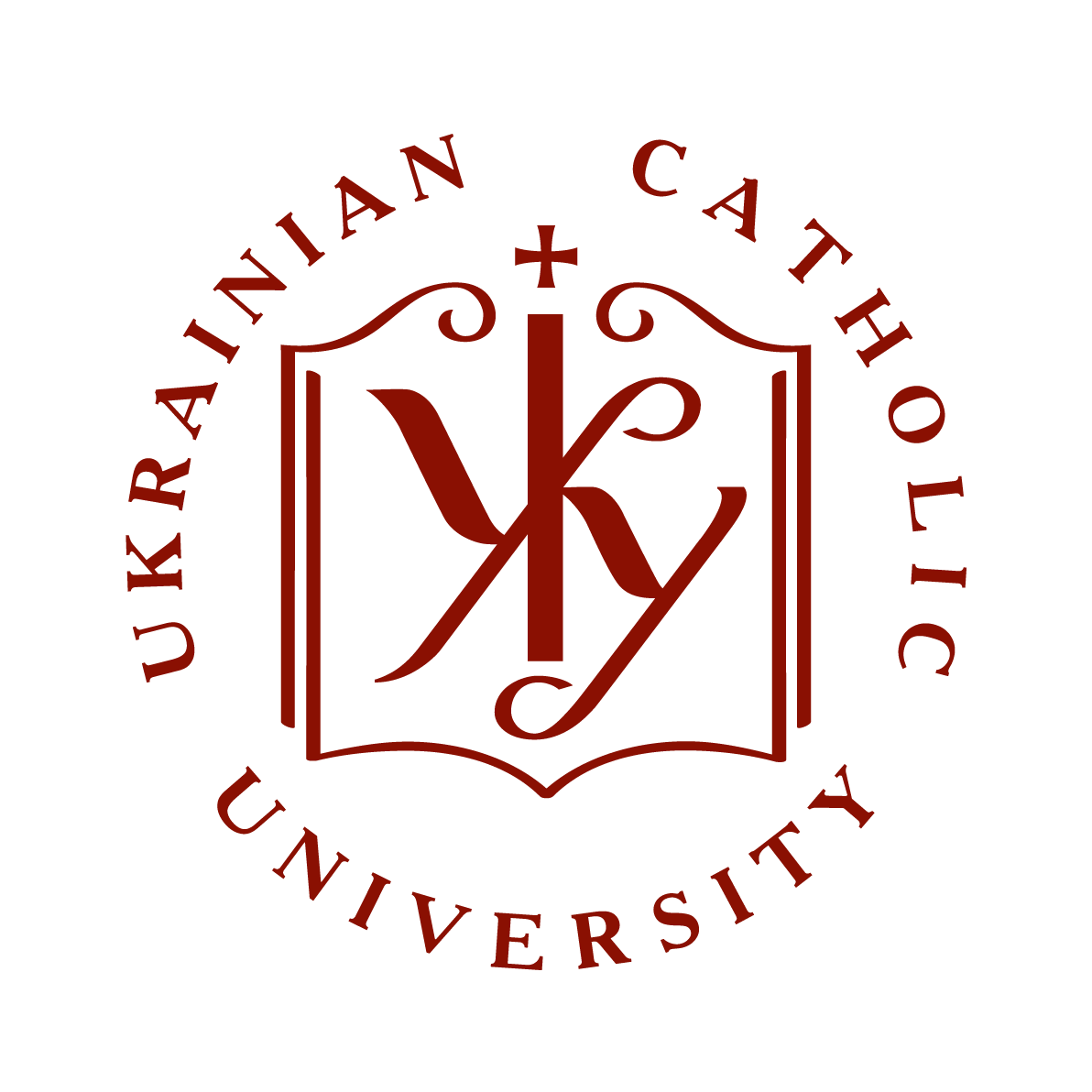Сценарії JavaScript вимкнено для Вашого браузера. Деякі функції цього сайту не будуть працювати без них.
| dc.contributor.author | Manukian, Mykhailo
|
|
| dc.date.accessioned | 2021-06-29T12:33:56Z | |
| dc.date.available | 2021-06-29T12:33:56Z | |
| dc.date.issued | 2021 | |
| dc.identifier.citation | Manukian, Mykhailo. Real-time simulation of arm and hand dynamics using ANN / Mykhailo Manukian; Supervisor: Dr. Sergiy Yakovenko; Ukrainian Catholic University, Department of Computer Sciences. – Lviv : [s.n.], 2021. – 53 p.: ill. | uk |
| dc.identifier.uri | https://er.ucu.edu.ua/handle/1/2700 | |
| dc.description.abstract | The physics of body dynamics is a complex problem solved by the nervous system in real-time during the planning and execution of movements. The human arm and hand have complex mechanics involving hundreds of muscles that actuate over 30 degrees of freedom (DOF). To date, the problems of this complexity remain unsolved in engineering; yet, the nervous system computes control signals in a robust, accurate, and time-efficient manner. Neuroprosthetics require similar computations for the decoding of intent and encoding of sensory feedback. The trade-off of required computational accuracy and latency is hard to resolve with classical physics; thus, this research aims to develop "good-enough" approximations of these computations using machine learning methods, such as artificial neural networks (ANN). The kinematic and kinetic temporal computations that rely on the diverse number of terms within the equations of motion are consistent with the recurrent neural network (RNN) architectures. This study will test the general hypothesis that the inverse dynamics of arm and hand can be captured with RNN formulation and explore the utility of different architectures: i) simple Recurrent ANN, ii) Gated Recurrent Unit (GRU) ANN, and iii) Long Short-Term Memory (LSTM) ANN. The inverse problem is the mapping from joint kinematics (position, velocity, acceleration) to joint kinetics (torque). The training and testing datasets were derived from the physical model of arm and hand performing point-to-point movements between realistic postures arranged in a grid within the physiological range of motion. Lastly, we assessed the execution latency of the machine learning solutions in the context of real-time requirements for prosthetic applications. | uk |
| dc.language.iso | en | uk |
| dc.subject | Inverse Dynamics | uk |
| dc.subject | RNN | uk |
| dc.subject | joint torques | uk |
| dc.subject | joint kinematics | uk |
| dc.subject | joint kinetics | uk |
| dc.subject | hand dynamics | uk |
| dc.subject | arm dynamics | uk |
| dc.subject | locomotion | uk |
| dc.subject | motion control | uk |
| dc.title | Real-time simulation of arm and hand dynamics using ANN | uk |
| dc.type | Preprint | uk |
| dc.status | Публікується вперше | uk |
Files in this item
This item appears in the following Collection(s)
-
2021 [14]


